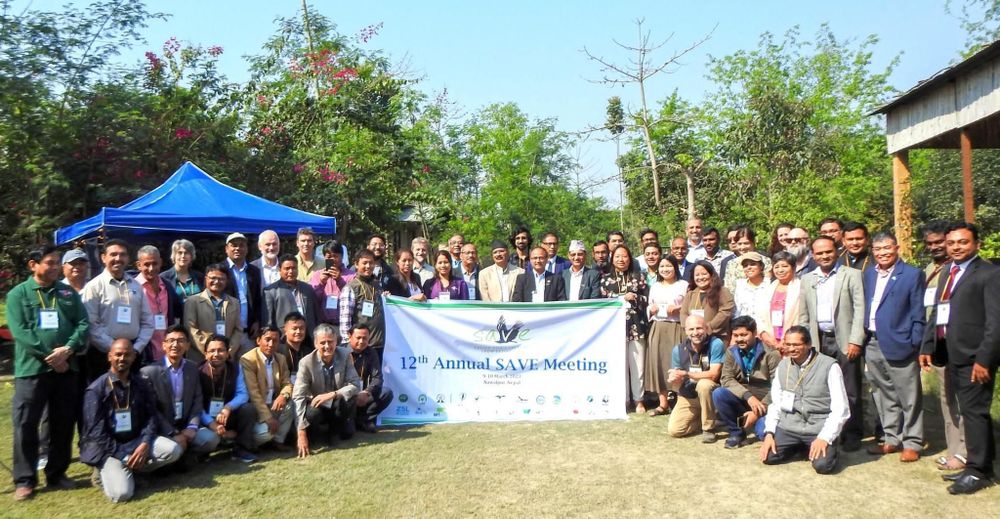RSPB Science
@rspbscience.bsky.social
1.2K followers
250 following
50 posts
Research, reports, and citizen science from the RSPB Centre for Conservation Science
Posts
Media
Videos
Starter Packs
Reposted by RSPB Science
Reposted by RSPB Science
RSPB Science
@rspbscience.bsky.social
· Sep 6

Save Vultures – Working for the recovery of Vultures
Saving Asia’s Vultures from Extinction (SAVE) is a consortium of organisations from six range countries (Bangladesh, India, Nepal, Pakistan, Cambodia and Myanmar) with established expertise in…
save-vultures.org
Reposted by RSPB Science
Reposted by RSPB Science


















